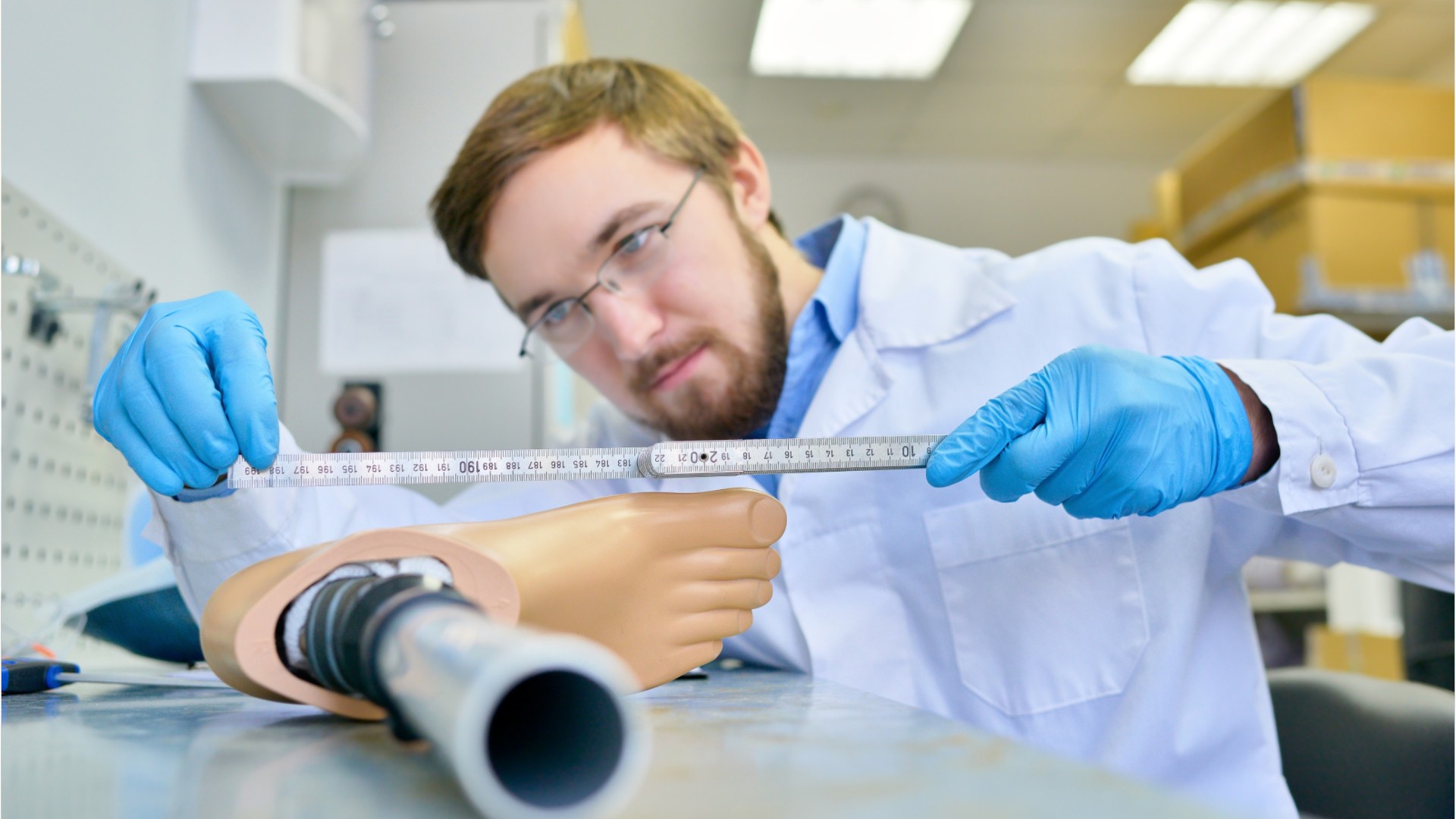Prosthetics and Orthotics (MS)
What is A Prosthetics and Orthotics (MS) Degree?
The field of Prosthetics and Orthotics involves the designing and fitting of prosthetic devices—artificial limbs and braces–to help people who are missing all or parts of limbs to live more normal lives. It also involves the fitting of orthotic devices to help patients’ existing limbs and appendages to work better and lessen pain. You’ll need to have an MS degree in Prosthetics and Orthotics (in some schools called an MPO) to become a prosthetist or an orthotist, plus, depending on where you’re located, you may need certification or licensure for an O&P practice.
To be accepted into most programs you’ll need to have a Bachelor’s degree in Biology or related field which includes a prescribed set of courses as prerequisites for acceptance. It might be necessary for you to take a course or two before being fully accepted into the Master’s program. Be sure to check out these prerequisites before applying or, better yet, while planning your Bachelor’s degree courses. Coursework in the program will include basic concepts in things like neuropathology, pharmacology, diagnostic imaging, etc., the science of materials– metal alloys, thermoplastics, synthetic reinforcement materials, and others—and a whole range of courses on human movement and orthotics-prosthetics practice. The program will probably make extensive use of clinical and research experiences.


